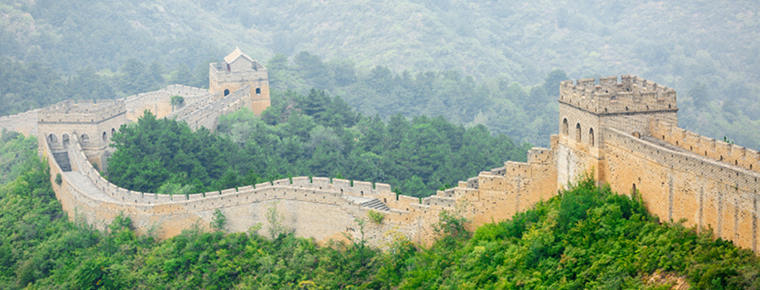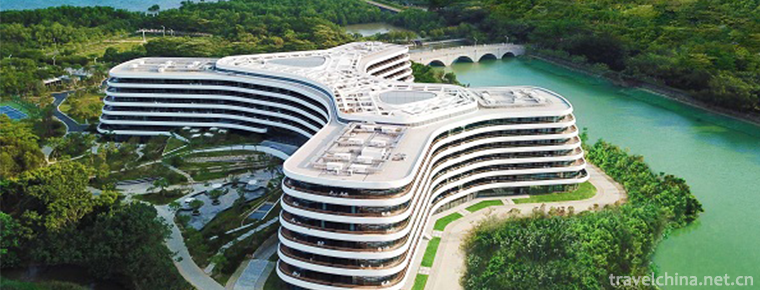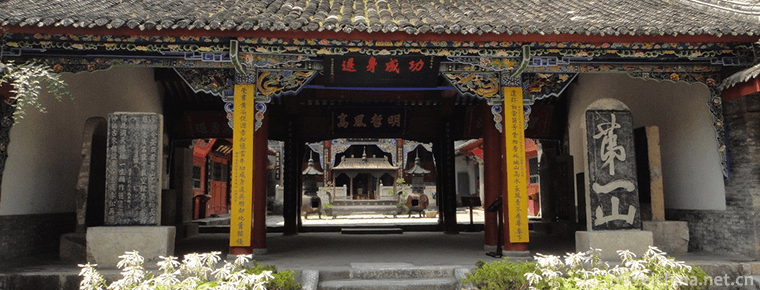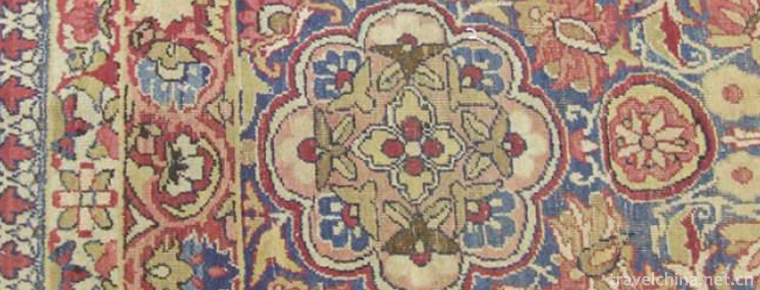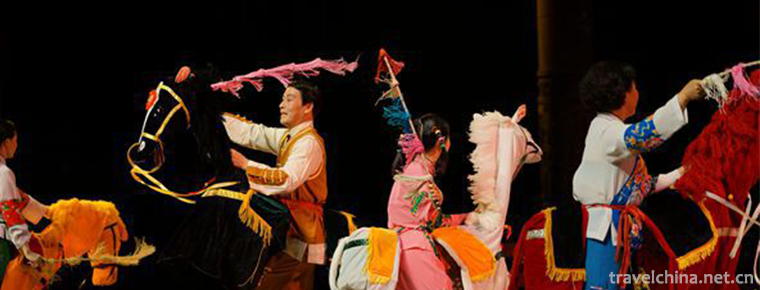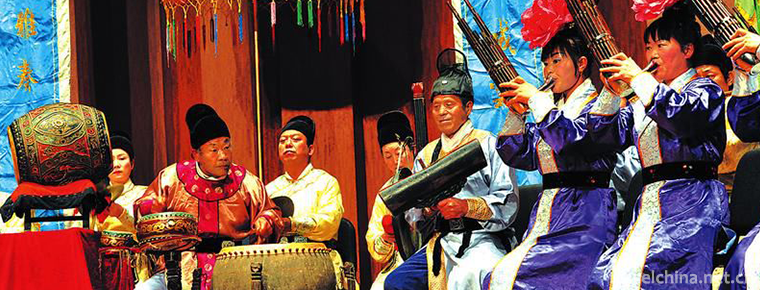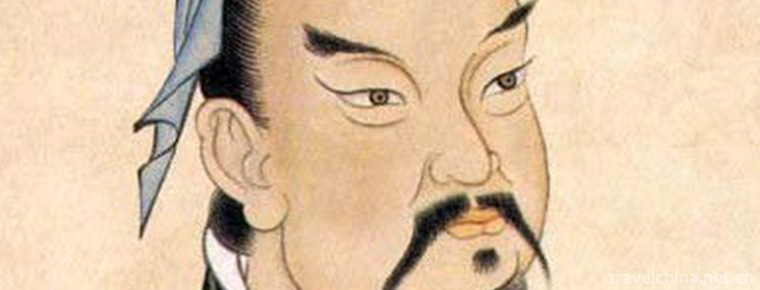Lantern Opera
Lantern Opera
Flower lantern opera is a kind of traditional opera widely popular in China. Its prominent feature is that the hands are inseparable from fans and handkerchiefs, singing and dancing, and singing and doing are closely integrated. Flower lantern opera, originating from Folk Lantern singing and dancing, is a form of local opera formed in the late Qing Dynasty and the early Republic of China. In the process of popularity, different singing and performing styles are formed due to the influence of local dialects, folk songs and customs.
Brief history of drama
Flower lantern opera is widely popular in Jiangxi, Guangxi, Zhejiang, Hunan, Hubei, Yunnan, Guizhou, Chongqing, Sichuan and Shaanxi provinces in southern China. It is a form of opera art and belongs to traditional folk minor drama. The lantern opera is developed from lantern singing and dancing, commonly known as lantern opera, flower opera and so on. The earliest record of flower lantern art is the Zhili State Chronicle of Pingyue in the early years of the Kangxi reign of the Qing Dynasty (1663). It says that "the weak boys in the city are decorated with women's clothes, group of jacquard lanterns, pretending to be tea pickers, they use lanterns as tea baskets and sing the song of"Tea Picking in December"around the courtyard everywhere. Here is Zunyi's lamp-playing custom. The custom of playing lanterns in Guiyang is found in Tian Wen's Qian Shu in Kangxi. Among them, the unknown Spring Lantern Ci has the sentences of "singing tea with a bun of flower bells" and "walking with lanterns in strings". Write about the scenes of Baina and Wumeng minorities playing lanterns during the Spring Festival in the suburbs of Guiyang. In the poem, "Tea Picking" is "Tea Picking Song in December".
The state attaches great importance to the protection of intangible cultural heritage. On May 20, 2006, lantern opera was approved by the State Council and listed in the first batch of national intangible cultural heritage list.
Inheritance significance
Since 2000, flower-lantern operas in various places have faced the same dilemma as other traditional opera arts. Theatre performances are decreasing day by day, theatre troupes are short of funds, new repertoires are difficult to arrange and perform, and the young generation of compilers and performers are short of successors. It is urgent to take measures to rescue and protect the local characteristic drama of flower-lantern opera .
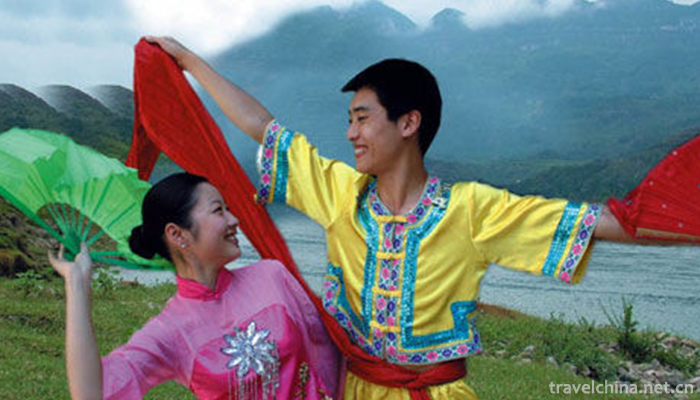
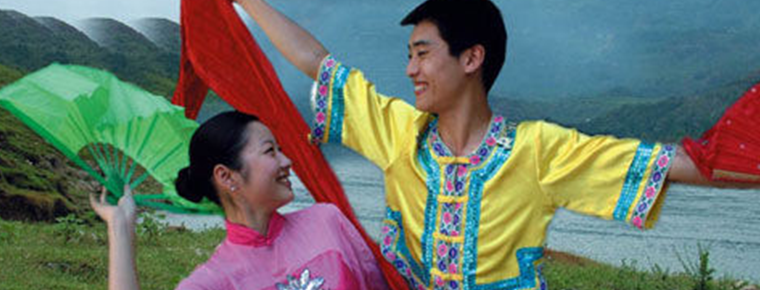
Lantern Opera
-
Nansha Garden Hotel Guangzhou
Nansha Garden Hotel, a brand-new landmark building in Dawan District and New Nansha, was commissioned on June 20, 2018. The brand of Garden Hotel added a unique creative design hotel.
Views: 265 Time 2018-12-16 -
Zhangliangmiao Scenic Area
Zhangliangmiao, a holy place of Quanzhen sect, is located at the foot of Zibai Mountain on the southern slope of Qinling Mountains. It is 101 kilometers south of Hanzhong
Views: 128 Time 2019-03-16 -
Daur Costume
The Daur nationality has a long history and agricultural culture in northern China. Daur garments are greatly influenced by Mongolian and Manchu nationalities.
Views: 274 Time 2019-04-22 -
Canadian Tibetan carpet weaving skills
Canadian Tibetan carpet weaving skills, traditional handicraft in Huangzhong County, Qinghai Province, one of the national intangible cultural heritage.
Views: 119 Time 2019-05-05 -
Mulian Opera
Mulian Opera is an ancient opera with religious story "Mulian Save Mother" as its theme, which is preserved in folk activities. It is the first opera that can be tested at present. It is kno
Views: 138 Time 2019-06-06 -
Valorafo Festival of the Qiang Nationality
The "Valorafo Festival of the Qiang Nationality", known in Chinese as the "Song Fairy Festival" or "Leading Song Festival" and "Song Invitation Festival", is a
Views: 189 Time 2019-06-10 -
Xi an Drums Music
Xi'an drum music, also known as Chang'an ancient music. It is a large-scale traditional folk drum music spread in Xi'an (ancient Chang'an) and its surrounding areas for thousands of years. It originat
Views: 224 Time 2019-06-30 -
Sun Tzu
Sun Wu (about 545 BC - about 470 BC), long Qing, late spring and autumn. Qi State Le An (today) Shandong ProvincePeople in the North 。 China's famous military strategist and statesman in the spring an
Views: 207 Time 2019-09-04 -
Huanglongxi ancient town
According to the annals of Renshou County, the ancient name of Huanglong river is Chishui. According to the annals of Renshou County, Chishui River confluences with Jinjiang River. The water is brown and the river is clear.
Views: 201 Time 2020-11-06 -
Suining first industry
In 2019, the total output value of agriculture, forestry, animal husbandry and fishery in Suining will reach 30.998 billion yuan, an increase of 3.4% over the previous year.
Views: 342 Time 2020-12-16 -
Yibin social security
By the end of 2019, there were 1.0302 million people participating in the basic endowment insurance for urban employees, an increase of 25500 over the end of the previous year, and 1.921 million people participated in the basic endowment insu
Views: 373 Time 2020-12-18
